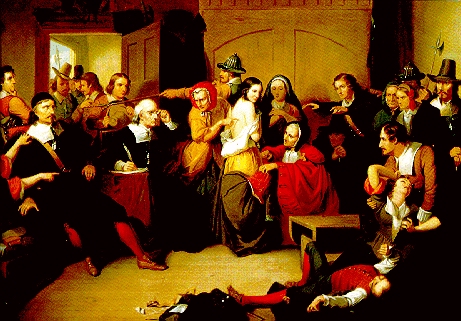A caller to a radio show has described officer Darren Wilson’s version of the attack by Michael Brown. It pretty much follows what we know now.
CNN said it verified with its police department sources that the story Josie told on the radio was the same as Wilson’s version of events. CNN called the stories an exact match.
First, we know that Brown had robbed a convenience store and manhandled the clerk shortly before the shooting.
Second, we know that the Holder DoJ tried to suppress the video.
Next we know about the race hustlers coming to town and stirring up racism by many outsiders.
The crowd was “peaceful and jovial” the Post-Dispatch informs us, and dotted with people who had traveled long distances. “Antonio Cuffee, 30, drove 13 hours from Baltimore with six others to join in the protests,” we are told. “’We felt we had to come out here to be part of change,’ Cuffee, a policy worker, said. ‘It’s a shame so many black people are getting killed by police,’ he said. ‘Just by the nature of being black we are targeted, we are suspect.’”
This, of course, is nonsense as most murders of black men are by other black men.
The story told by the officer’s friend is as follows.
Wilson said 18-year-old Michael Brown and his friend Dorian Johnson were walking in the middle of the street, so Wilson pulled up in his patrol car and told them, “Come on guys, get out of the street,” but they refused, saying they were almost at their destination.
He kept rolling beside them and they cursed at him. He finally pulled over, at which point Josie said she believes he called for backup.
“He pulled up ahead of them. And he was watching them, and then he got a call-in that there was a strong-arm robbery,” she said. That was the convenience-store robbery shown on surveillance tapes of Brown grabbing a handful of cigars and pushing a clerk away when Brown and Johnson left without paying.
The pair matched the description of the robbers, and also appeared to be holding cigars.
This was the moment when the event began to spin out of control.
“So he goes in reverse back to them. Tries to get out of his car. They slam his door shut violently. I think he said Michael did,” Josie said. “And then he opened his car again. He tries to get out. And as he stands up, Michael just bum-rushes him, just shoves him back into his car, punches him in the face. And then Darren grabs for his gun. Michael grabs the gun, at one point he’s got the gun turned totally against his hip. And Darren shoves it away, and the gun goes off.”
Brown and Johnson then ran, Josie said, and got about 35 feet away.
“Darren’s first protocol is to pursue. So, he stands up and yells, ‘Freeze!’ Michael and his friend turn around. And Michael starts taunting him, ‘Oh, what are you going to do about it? You’re not going to shoot me.’ And then he said all the sudden he just started to bum-rush him. He just started coming at him full speed. And so he just started shooting. And he just kept coming. So, he really thinks he was on something because he just kept coming.”
This sounds reasonable to me. The rest of the story is at the link.
Why the virulent racism and riots by blacks ?
Read more
